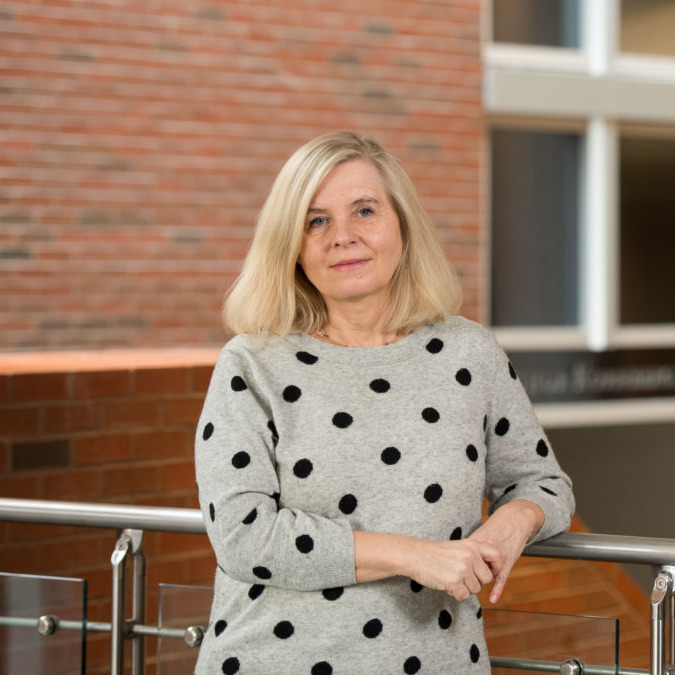Maiken NedergaardNobel Conference 60

Maiken Nedergaard
Professor, Neurology and Neurosurgery, Center for Translational Neuromedicine at the University of Rochester
What Happens While We Sleep
Over 80 million people worldwide will have been diagnosed with dementia by 2030, and Alzheimer’s Disease (AD) will account for approximately 75% of those cases, with age being the major contributing risk factor. Presently, there are few rational therapeutics in our pharmaceutical quiver, making long-term care, delivered by an industry stressed by overwhelming demand, regrettably the chief option. As the proportion of seniors in our population rapidly expands, the crushing economic burden of care, estimated to be $2.8 trillion in the US by 2030, will continue to constrain the potential for growth and opportunity across society. The work of glial biologist Maiken Nedergaard may hold important keys for the development of future therapeutics to address AD.
The changes in behavior and cognition suffered by a patient progressing through the well-characterized symptomatic stages of dementia are paralleled by the spread of degeneration across the specific brain areas in which memory, emotion and impulse control are processed. A key observation common to AD, and to other neurodegenerative diseases such as Parkinson’s Disease and Huntington’s Disease, is the unusual clumping of misprocessed proteins concentrated in the fluid bathing the neurons found in affected brain regions. The question of how the brain naturally transports the fluid carrying its toxic wastes to recycling sites has long been a mystery. (The brain does not have the lymphatic vessels which carry out this function for other parts of the body.) Nedergaard’s recent discovery of the “glymphatic” system addresses this mystery.
The glymphatic system is a distinct network of channels formed between the feet of glial cells (hence, the “gl” bridging “lymphatic”) and the walls of blood vessels that ease passage of cerebrospinal fluid through the crowded tissue of the brain. Dr. Nedergaard best describes the slow journey of fluid from the brain to the lymphatic system being “akin to a marsh, flowing to the glymphatic system’s creeks and then rivers.” Remarkably, the operation of the glymphatic system is temporally regulated. It’s fully “on” during non-REM sleep, transporting the brain’s toxic wastes to those recycling sites, and “off” during wakefulness.
Nedergaard’s breakthrough revelation underscores why sleep is essential, by introducing a unique function.It also broadens our understanding of the factors that lead to protein clumping and the spread of those aggregates during disease progression. It’s been known for decades that the architecture of sleep changes throughout the lifespan. Aging tends to shed non-REM sleep, which diminishes the efficiency of the glymphatic system. The result is a partial damming and pooling of fluid, creating conditions optimal for protein aggregation–the factor common to AD and other neurodegenerative diseases.
These findings strongly suggest that the relationship between sleep and the development of neurodegenerative diseases may be bidirectional. That is, disordered sleeping in midlife might portend a diagnosis later in life, and might even be a cause of the disease. It is well established that, in about 80% of Parkinson’s patients, diagnosis is preceded a decade earlier by the appearance of a parasomnia (a disturbing disorder that can occur while falling asleep, during sleep, or while waking) called “REM sleep behavior disorder.” If there is causal link between non-archetypal sleep behaviors experienced in the “prime of life” and the occurrence of Alzheimer’s dementia many years later, then treating sleep disorders may lower the incidence of this perilous disease.
Maiken Nedergaard is Co-Director of the Department of Neurology, Center for Translational Neuromedicine (SMD) at the University of Rochester.